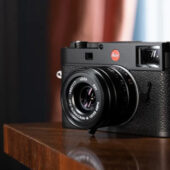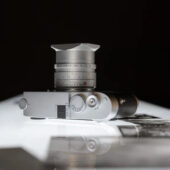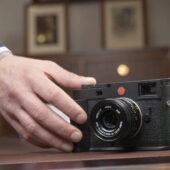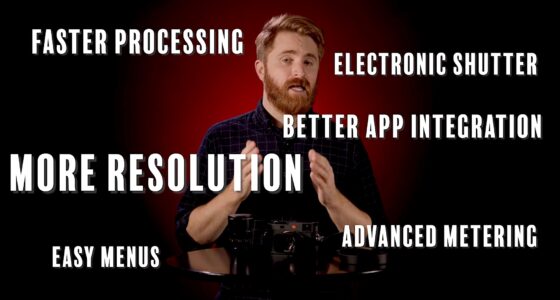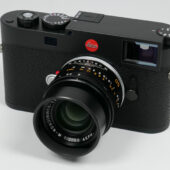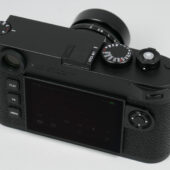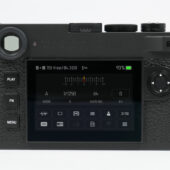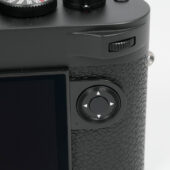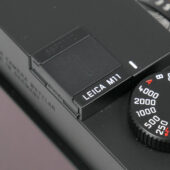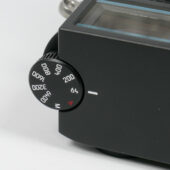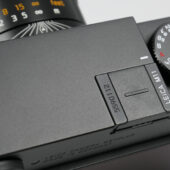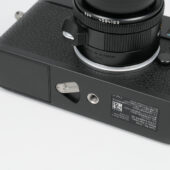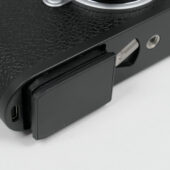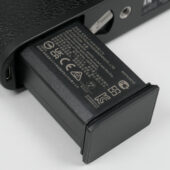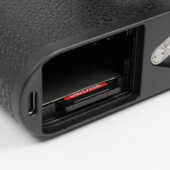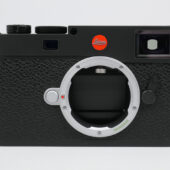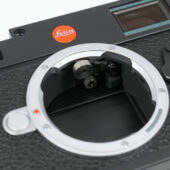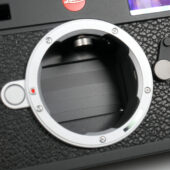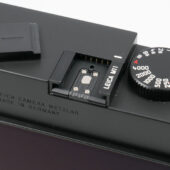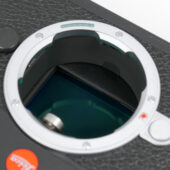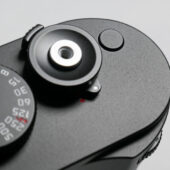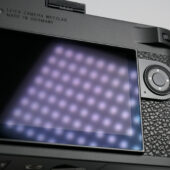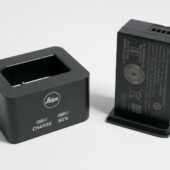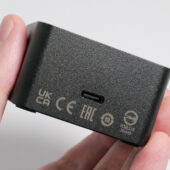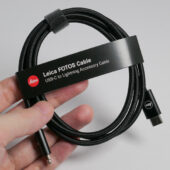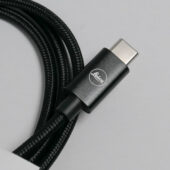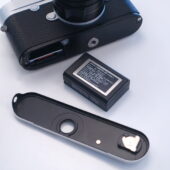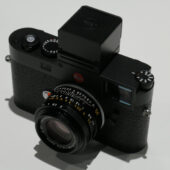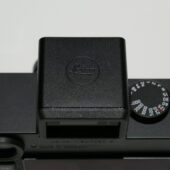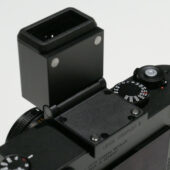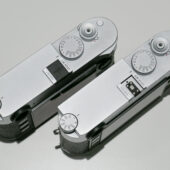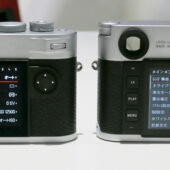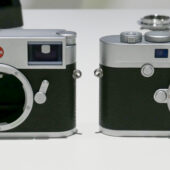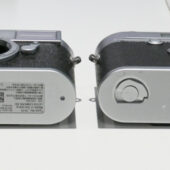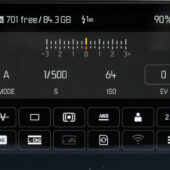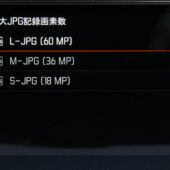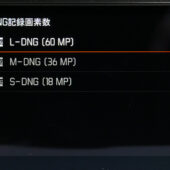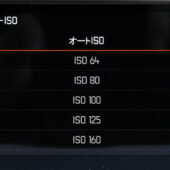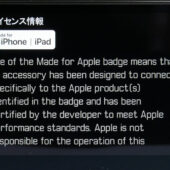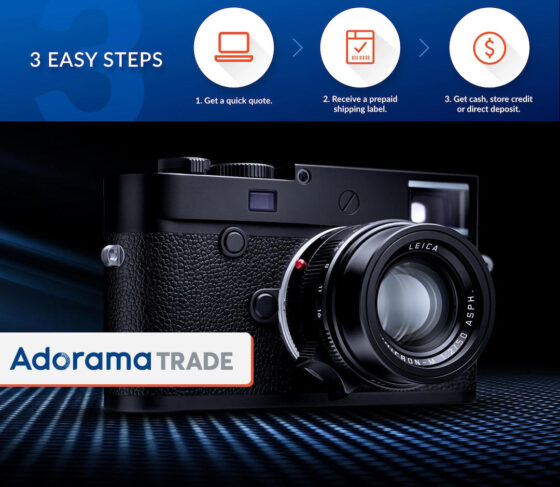Leica M11 camera additional coverage (see previous M11 blog posts):
→ Leica M11 camera triple DNG and JPG resolution technology explained – taken from the Adorama M11 video (click for larger view):
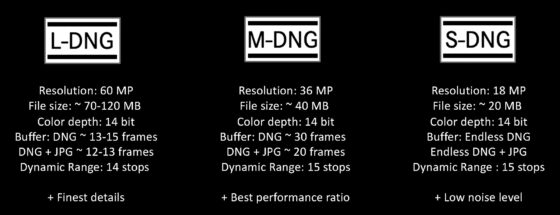

→ The main Leica M11 camera improvements – taken from the B&H M11 video:
→ Leica M11 hands-on report from DC.Watch:
→ Leica M11 – what others are saying:
“The most significant upgrade is a new, 60-megapixel backside-illuminated full-frame CMOS sensor that captures 14 stops of dynamic range at its full resolution. Uniquely, the M11 also allows photographers to capture RAW files at 36 or 18 megapixels, which unlocks another stop of dynamic range, provides better low light performance, and allows for longer burst shooting at the expense of zoomed-in detail. (The company says it is using pixel binning alongside a newly developed algorithm to create the lower resolutions, a similar technique used by many smartphone cameras.) File sizes range from 70 to 120MB for a 60-megapixel DNG RAW file; the 18-megapixel setting can reduce that down to as low as 20MB per image.” (The Verge)
“The standard mechanical option can shoot at speeds up to 1/4000th of a second, while the electronic shutter goes up to a whopping 1/16,000 of a second. Perhaps most significantly, the electronic shutter will be totally silent, something that street photographers should appreciate. The M10-R had an “extra silent” mechanical shutter, but you can’t beat a motionless electronic shutter if you need perfectly quiet operation.” (Engadget)
“And speaking of battery, the M11 also uses a higher-capacity rechargeable battery than the M10, which Leica says should provide a CIPA-rated battery life of 700 shots — although in Leica’s own testing, they managed around 1700 shots per charge. The M11 also now features a USB Type-C port, which supports in-camera battery charging. Further, the baseplate of the M11 is changed from the style used on the M10 – users can now quickly access the battery and SD card slot without having to fully remove the bottom of the camera.” (Imaging Resource)
A new electronic viewfinder is also available with the M10. This is the Visoflex II, which is attached via the camera’s hotshoe. This device offers a stabilized view to composed the image in addition to the rangefinder. And with it comes focus peaking and a magnified view. The same stabilized view can also be found on Live View of the rear LCD. This is an excellent feature, especially for critical focusing where the magnification becomes an essential tool to ensure sharpness. But often, this can cause nausea as the image can appear to move and shake, due to small movements when hand holding the camera. The stabilization is excellent and works well in the 15 minutes or so we had the camera to try out. The EVF uses an OLED display and is bright and clear, and the image seen within is beautiful. (Deployant)
→ Reid Reviews Leica M11 coverage:
- A field review of the M11 with speed and performance tests (today’s article)
- Color studio tests comparing the M11 to the M10-R: color rendering, noise levels at various ISO settings (and, for the M11, at all three DNG sizes), color moire, infrared filtering effectiveness
- Black & white studio tests comparing the M11 to the M10 Monochrom: tonal rendering, noise levels at various ISO settings (for the M11, at all three DNG sizes)
- Tests of two 35 mm lenses on the M11, M10-R and M10M: resolution, luminance vignetting and color drift
- Tests of a 21 and a 28 mm lens on the M11, M10-R and M10M: resolution, luminance vignetting and color drift
- Tests of highlight headroom and useable dynamic range: M11, M10-R and M10 Monochrom
→ The latest Leica M11 YouTube videos:

